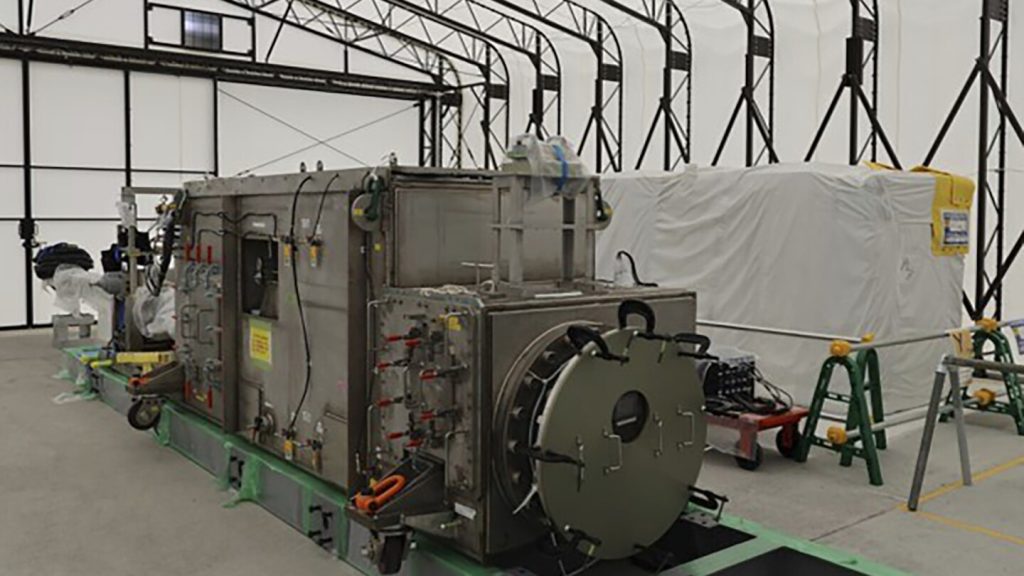The attempt to use a robot to remove a fragment of melted fuel from the wrecked reactor at Japan’s Fukushima Daiichi nuclear power plant was suspended due to a technical issue. The collection of this tiny sample inside the Unit 2 reactor’s primary containment vessel marks the beginning of the fuel debris removal phase, which is considered the most challenging part of the decommissioning process. The suspension occurred when workers realized that five 1.5-meter pipes used to maneuver the robot were placed in the wrong order and could not be corrected within the time limit for their radiation exposure. Once inside the vessel, the robot is operated remotely from a safer location and is equipped with tongs to collect the fuel fragment.
The extendable robot can reach up to 22 meters to collect a fragment from the surface of the melted fuel mound using a device equipped with tongs. The mission to obtain the fragment and return with it was set to last two weeks, but a new start date is currently undecided as officials investigate the pipe setup problem. TEPCO spokesperson Kenichi Takahara described the mistake as basic and stated that the retrieval mission will only resume after the cause is identified and preventive measures are put in place. TEPCO President Tomoaki Kobayakawa emphasized that safety is the priority over rushing the process.
The goal of the operation is to retrieve less than 3 grams of the estimated 880 tons of fatally radioactive molten fuel. This small sample will provide crucial data for the development of future decommissioning methods, technology, and robots. A better understanding of the melted fuel debris is essential for the decommissioning of the three wrecked reactors and the entire plant. Despite criticism that the 30 to 40-year cleanup target set soon after the meltdown is unrealistic, the government and TEPCO are sticking to this timeline. Specific plans for the full removal of the melted fuel debris or its storage have not been decided yet.
Experts emphasize that this retrieval mission is crucial in advancing the overall decommissioning process of the Fukushima Daiichi nuclear power plant. The data collected from the fuel fragment will play a significant role in developing future technologies and methods for handling the remaining melted fuel debris. The challenges faced in this operation highlight the complexity and risks involved in nuclear cleanup efforts, as well as the importance of maintaining a strong focus on safety throughout the process. Despite setbacks, the commitment to safely and effectively decommission the plant remains a top priority for all involved parties.


